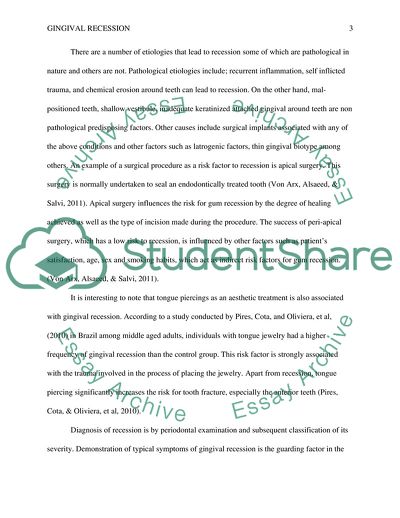Cite this document
(Gingival Recession and Gingival Tissue Graft Article - 1, n.d.)
Gingival Recession and Gingival Tissue Graft Article - 1. https://studentshare.org/health-sciences-medicine/1805558-gingival-recession-and-gingival-tissue-graft
Gingival Recession and Gingival Tissue Graft Article - 1. https://studentshare.org/health-sciences-medicine/1805558-gingival-recession-and-gingival-tissue-graft
(Gingival Recession and Gingival Tissue Graft Article - 1)
Gingival Recession and Gingival Tissue Graft Article - 1. https://studentshare.org/health-sciences-medicine/1805558-gingival-recession-and-gingival-tissue-graft.
Gingival Recession and Gingival Tissue Graft Article - 1. https://studentshare.org/health-sciences-medicine/1805558-gingival-recession-and-gingival-tissue-graft.
“Gingival Recession and Gingival Tissue Graft Article - 1”. https://studentshare.org/health-sciences-medicine/1805558-gingival-recession-and-gingival-tissue-graft.


